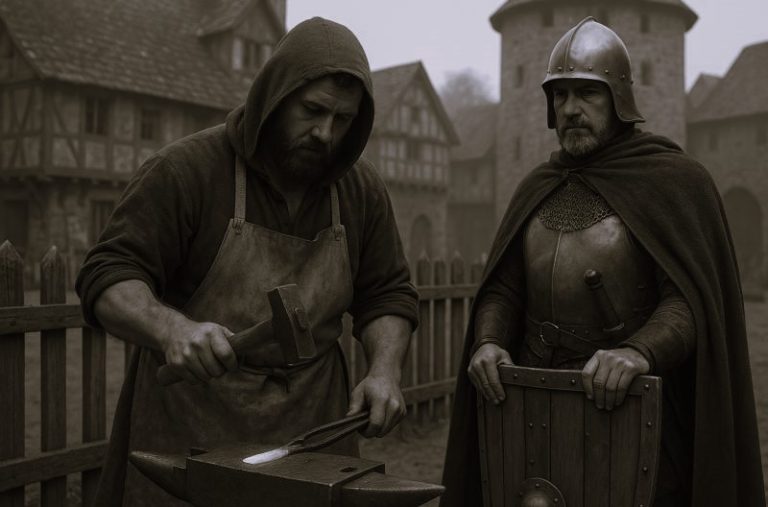

Even before the 1952 and 1953 outbreaks, labs had been worked diligently to find a cure for Polio.

By Dr. Atif Kukaswadia
Epidemiologist
Poliomyelitis is an infectious viral disease. It enters through the mouth and is usually spread by contaminated drinking water or food. The virus passes through the stomach and then replicates in the lining of the intestines. Most healthy people infected with virus experience little more than mild fever or diarrhea. However, some people develop paralysis, and some die as a result.

In 1952, approximately 58,000 new cases of Poliomyelitis occurred in the United States. In 1953, approximately 35,000 new cases were reported. This was up from an annual average of 20,000 cases. The 1952 infections left 3,145 people dead and 21,269 with mild to disabling paralysis. However, even before the 1952 and 1953 outbreaks, labs had been worked diligently to find a cure for Polio. Relief finally came when Jonas Salk developed a vaccine.
The Salk vaccine is prepared from a sample of the virus that is first killed using heat and chemicals. In theory, the killed vaccine is safe, because the killed vaccine should be incapable of causing the disease. However, this is a balancing act: If the virus is too strong, the vaccine will be capable of causing the disease. If the virus is too weak, the vaccine will be ineffective. This had the potential to lead to problems once the vaccine was widely adopted.
But first, Salk had to show that the vaccine worked.
To prove that the vaccine was effective, one of the largest epidemiologic studies ever was undertaken. Two parallel studies were created. In one, children in grades 1 through 3 were randomized to either receive the vaccine or a placebo. Infections from Polio were then compared between treatment arms. In the second study, children in Grade 2 were given the vaccine, and children in Grades 1 and 3 were used as controls. Two study designs were employed as Polio resistance can be transferred between children. In total, approximately 1.8 million children were enrolled into the study.

The findings were astounding. In the first study design, there were 57 confirmed cases of polio (28 cases per 100,000 children) in the vaccinated group versus 142 cases (71 cases per 100,000 children) in the group receiving a placebo. Similarly, in the second design, 56 cases (25 per 100,000) were reported among those vaccinated compared to 391 cases (54 per 100,000) among those not vaccinated. These results provided all the evidence required to start a large, national, vaccination program. The vaccine was rolled out nationally and Salk became a celebrity across the world. He received awards and accolades, and some suggested he should have won the Nobel Prize in Medicine for creating the first vaccine that used an inactivated form of a virus.
However, there were problems. The Salk Vaccine marked the first time a pharmaceutical company manufactured a vaccine, not the government. Since the vaccine is only used once, it is not a big money maker for drug companies, and this led to vaccine shortfalls. In 1955 Cutter Laboratories was one of several companies producing the polio vaccine. While companies were having trouble producing the dead vaccine, most carried on as normal. However, a bad batch of the Cutter vaccine contained the live polio vaccine. In a terrible pharmaceutical disaster, several thousand children were exposed to the live polio virus, which caused 56 cases of paralytic polio and 5 deaths.
However, despite this, people kept getting vaccinated. Combined with the passive immunity passed through people, the annual number of polio cases fell from 35,000 in 1953 to 5,600 by 1957. By 1961 only 161 cases were recorded in the United States. The Oral Polio Vaccine (OPV) was also developed at this time, and together, they have been used throughout the world to combat polio.

Polio is now endemic to four countries: Pakistan, Afghanistan, Nigeria and India (although India only had one reported case in 2010), and cases have been reported in the Democratic Republic of Congo, Chad, Angola, Mali, Cote d’Ivoire, Burkina Faso, the Republic of Congo, Niger, and Gabon. Worldwide, there were only 241 cases reported in 2011.
The legacy of the Salk Vaccine Trial echoes on. The sheer scale of the study, combined with the novelty of the vaccine (the Salk vaccine was the first vaccine to use an inactivated form of the virus), the public-private partnerships and the humanitarian effect of saving millions of lives show how incredibly powerful Epidemiologic studies can be. Within a generation, a disease that affected and claimed tens of thousands of lives annually became all but eliminated in the West. Hopefully within our lifetime, it can be eradicated completely.
References
- Francis T (1955). Evaluation of the 1954 poliomyelitis vaccine field trial; further studies of results determining the effectiveness of poliomyelitis vaccine (Salk) in preventing paralytic poliomyelitis. Journal of the American Medical Association, 158 (14), 1266-70 PMID: 14392076
- Monto AS (1999). Francis field trial of inactivated poliomyelitis vaccine: background and lessons for today. Epidemiologic reviews, 21 (1), 7-23 PMID: 10520470
Originally published by PLOS Blogs, 06.04.2013, under the terms of a Creative Commons Attribution 4.0 International license.


